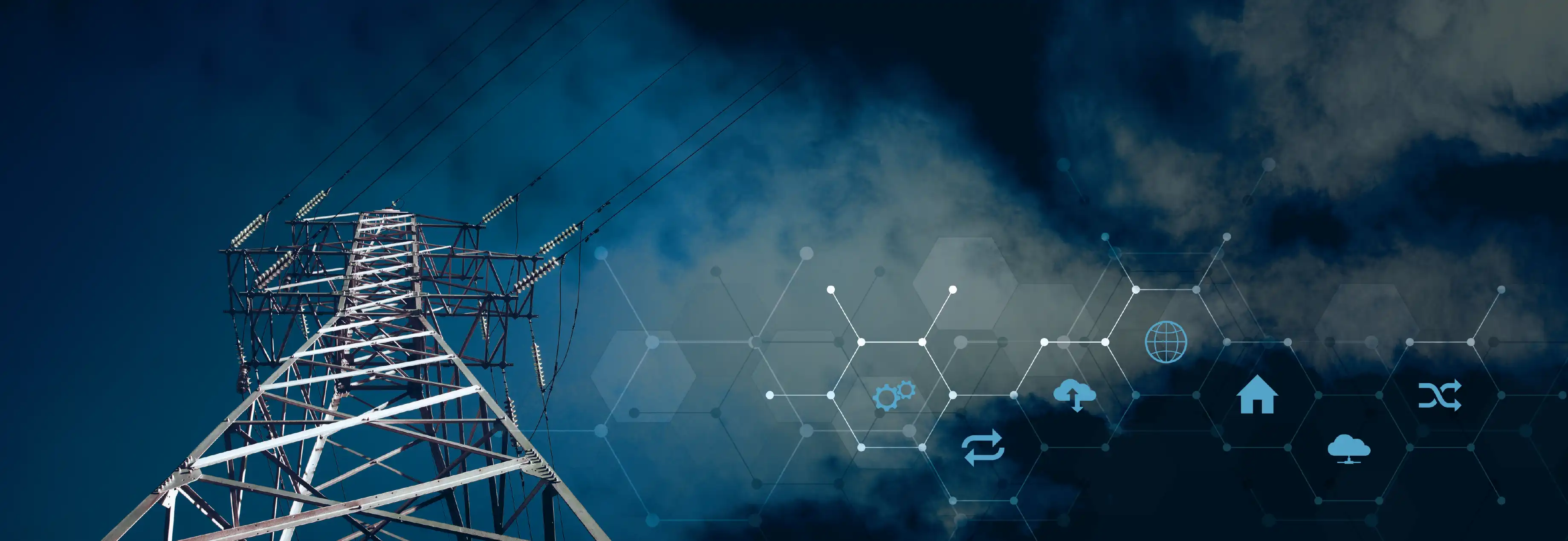Enhancing AMI Security in Smart Grids through OT Cybersecurity Strategies
What is AMI Smart Grid? Key Components and Benefits Overview
AMI Smart Grid integrates Advanced Metering Infrastructure (AMI) technology with the broader smart grid system, which uses digital technology to improve energy delivery efficiency, reliability, and sustainability. Through two-way communication between utility companies and individual meters, AMI Smart Grid enables real-time monitoring of energy consumption and supply, allowing for more efficient use of resources and improved reliability. The integration of AMI technology with the smart grid has the potential to significantly improve the efficiency and sustainability of energy systems while providing benefits to both utility companies and customers.
How AMI Integrates with Smart Grids to Improve Energy Management
Advanced Metering Infrastructure (AMI) is a technology used in the energy industry for more effectively monitor and regulate energy consumption more, it’s important to understand the key components of the system and how they interact with each other:
Smart Meters: AMI technology relies on the use of smart meters. These meters are electronic devices that replace traditional analog meters and measure energy consumption in real time. They are capable of two-way communication, meaning they can transmit and receive data.
Communication Networks: Smart meters are connected to communication networks such as cellular networks, powerline communications, or wireless mesh networks. This allows for data to be transmitted between the smart meter and the utility company.
Data Collection: The smart meter collects energy consumption data and transmits it to the utility company. This data can be transmitted in real-time, hourly, or daily, depending on the specific requirements of the utility company.
Data Management: The utility company collects and manages energy consumption data from smart meters using software applications. The data is stored securely in a central database and can be used for various purposes such as billing, demand response, and energy efficiency programs.
Customer Access: Some utility companies allow customers to access their energy consumption data online, through a mobile application or a web portal. This provides customers with more control over their energy usage and enables them to make more informed decisions about their energy consumption.

Protecting the Grid: How OT/ICS Cybersecurity Safeguards AMI Smart Grids
One of the main cybersecurity risks associated with AMI Smart Grids is the potential for cyber-attacks on the Operational Technology (OT) and Industrial Control Systems (ICS) that are used to manage the grid. These systems control the flow of electricity and must be protected from unauthorized access and malicious attacks.
Here are some effective strategies for securing AMI Smart Grids with OT/ICS cybersecurity:
Access Control: Access control measures such as authentication and authorization can be used to prevent unauthorized access to OT/ICS systems. This can be achieved through the use of strong passwords, multi-factor authentication, and role-based access controls.
Network Segmentation: By segmenting the network, utility companies can isolate sensitive systems from other systems that are not critical to the operation of the grid. This can prevent the spread of malware and limit the impact of cyber-attacks.
Monitoring and Detection: Continuous monitoring of the network can help detect anomalies and potential cyber threats. This can be achieved through the use of intrusion detection and prevention systems, security information and event management (SIEM) tools, and other security monitoring solutions.
Incident Response: Utility companies should have an incident response plan in place to respond to cybersecurity incidents promptly and effectively. This plan should include procedures for identifying and containing the incident, restoring systems, and conducting a post-incident analysis to identify areas for improvement.
Employee Training: Employees should be trained on cybersecurity best practices and how to identify and report potential cyber threats. This can help prevent human error and increase overall security awareness within the organization.
ICS/OT Cybersecurity Challenges for AMI Systems
The integration of AMI systems with Operational Technology (OT) and Industrial Control Systems (ICS) relies on interconnected devices and communication networks, making them vulnerable to cyberattacks. The challenges include:
- Risks of unauthorized access to critical systems.
- Multiple vulnerabilities due to the complexity of the networks.
- Difficulty in monitoring wide networks and responding to threats in real-time.
- Reliance on legacy systems that lack modern security features.

The Importance of Securing AMI Smart Grids with OT/ICS Cybersecurity Solutions
Securing AMI Smart Grids is essential to ensure the safety and reliability of energy distribution systems. Cybersecurity solutions play a critical role in protecting critical infrastructure from attacks, safeguarding the grid’s integrity, and maintaining customer trust.
As energy security becomes increasingly important, investing in OT cybersecurity solutions is crucial to ensure regulatory compliance and enhance the reputation of utility companies.
Want to stay ahead in OT cybersecurity? Download the premium eBook on Operational Technology (OT) by ATS security experts.
Get your free copy now and enhance your security knowledge today!


